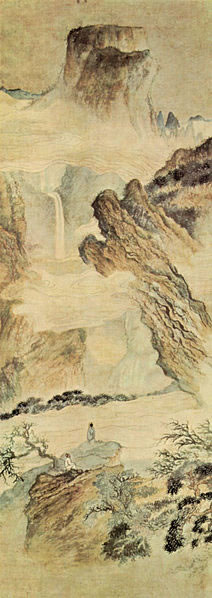The ancient Chinese pondered the difference between the world of dreams and the world of waking life, just as modern philosophers do today.
A Taoist philosopher named Chuang Chou, or Zhuangzi, who lived around the year 300 BC/BCE, wrote that he dreamed he was a butterfly. When he awoke, he wondered if the butterfly were real, and it were dreaming of being Chuang Chou.
In Chinese folklore, the butterfly was a symbol of the soul.
The ancient Chinese believed that the dreaming state and the waking state are both part of the whole self and that they are interconnected.
When you are asleep, your dreaming self is real and your waking self is false. When you are awake, your waking self is real and your dreaming self is false.
The ancient Chinese thought that the meaning of a symbol in a dream depended upon the circumstances of the dream. The same symbol could have a different meaning in a different dream.
They believed that the way you perceived a dream symbol played as important a role in the interpretation of the dream as the symbol itself.

Nevertheless, the ancient Chinese did ascribe meanings to particular dream symbols. For example:
A bird represents freedom of the spirit, but it can also be a sign of bad luck.
A dragon is a symbol of fame and wealth.
A fish represents abundance.
Jade can represents intelligence, sincerity, benevolence, humility or purity.
A lion can stand for bravery, energy, strength or a happy marriage
Rice is a symbol of immortality.
A toad represents wealth and longevity.
A tree with intertwined branches represents harmony between opposites.
